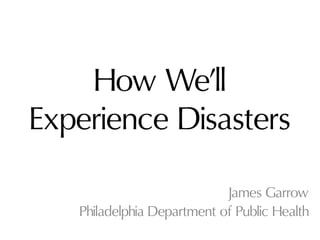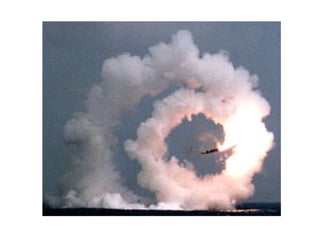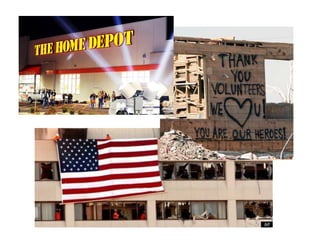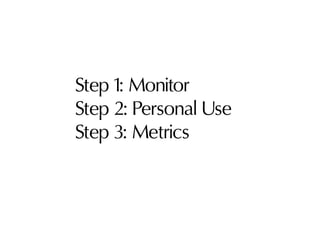The document discusses how disasters are experienced differently today compared to the past due to ubiquitous media. Now, even those not directly affected can view disasters up close through social media and live coverage, experiencing the pain and tragedy from afar. In the past, experiences of disasters were more localized, but now mobile devices and social networks allow information about disasters to spread widely in real time.

































